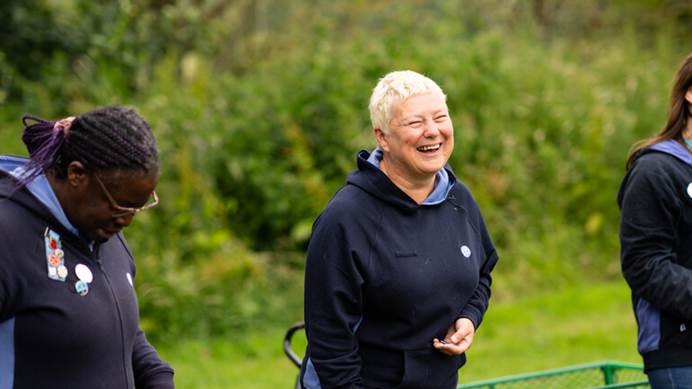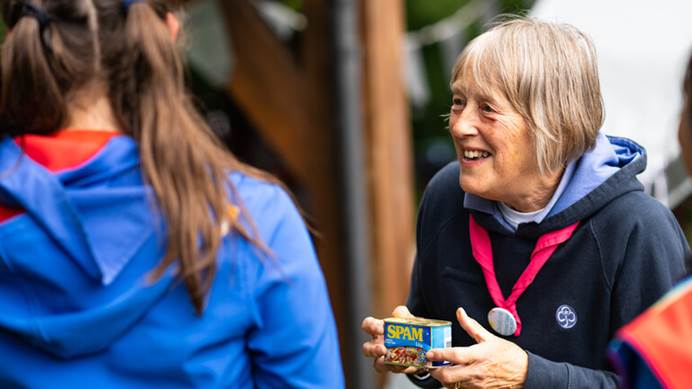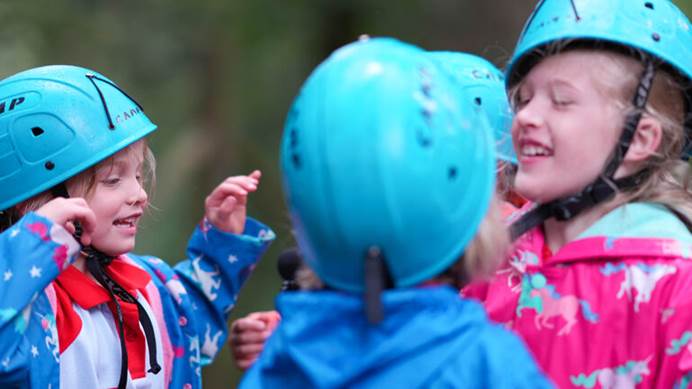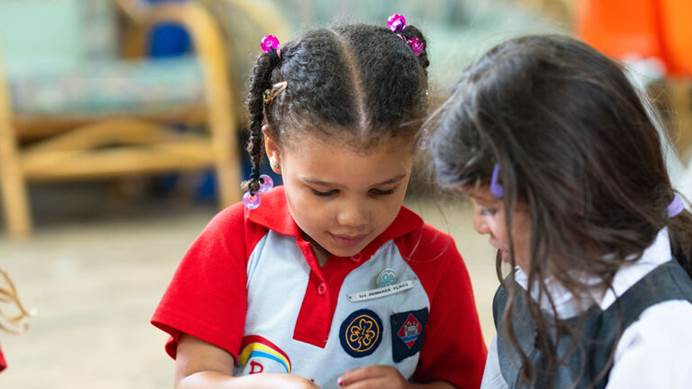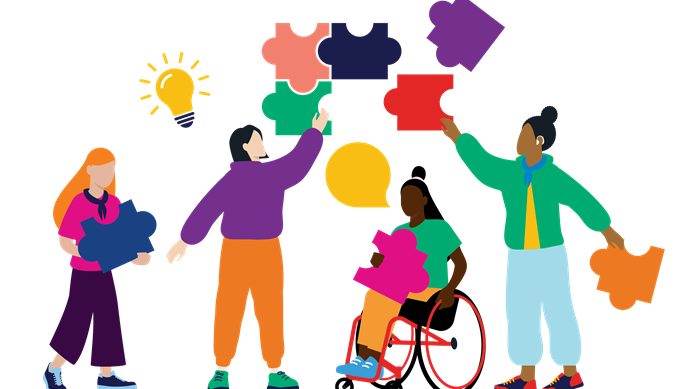Growth and recruitment
Information on recruiting new volunteers
Recruiting and retaining girls and volunteers in your area
Growth and recruitment are vital at all levels of guiding – from welcoming more young members to finding passionate new volunteers.
We have detailed advice and inspiration for every stage of recruitment, including how to welcome new volunteers, and we’ve created a recruitment toolkit to help you and the leaders you work with.
You can work with your team to create a recruitment strategy for your area.
Things to consider are:
- Are there places that need to recruit girls as well as volunteers?
- Where is there a shortage of volunteers, and why?
- Are there other roles available for volunteers who don’t want to become leaders?
- Are there roles in your area where someone might be retiring or leaving soon, or roles where the appointment is due to end?
You might want to delegate some areas of recruitment to other commissioners. For example, division commissioners could appoint district commissioners as they’ll have a better understanding of what their division needs.
Even if tasks have been delegated you should still be aware of recruitment needs for the entire county and kept up to date about how recruitment is progressing.
You can find resources to support you in appointing district and division commissioners in our resources for commissioners.
Managing waiting lists at district, division and county level
There are benefits to managing waiting lists from a district, division and/or county level. Being able to manage waiting lists from these levels can give you an insight into the growth and development opportunities of your area and can take the pressure of managing waiting lists off unit leaders so they can focus on running their unit.
Our Plan data
We make data reports at the end of each quarter using information from GO. And the quarterly Our Plan data is a useful tool for any volunteer managing waiting lists. It gives you a unit-level view of data in your area. It’s up to you and your volunteers how you use the Our Plan data. These are some ways you could use it:
- Identifying waiting list trends.
- Seeing which units or sections need the most support.
- Checking which unit capacities need updating.
- Looking ahead at future spaces in units.
- Comparing districts and divisions in your area.
- Identifying opportunities for growth and seeing if new units could be opened.
- Identifying areas that could benefit from a recruitment drive for either girls or volunteers.
The Our Plan data is sent out to the countries and regions staff quarterly. Countries and regions will then decide how and when to share the Our Plan data with counties.
After receiving the Our Plan data at a county level, the county will decide the process they’ll take to share Our Plan data with divisions if they want too.
Providing leaders with helpful data and templates
To support unit leaders, you can provide them with email templates to email out to all parents and carers on their waiting list.
You can share updates of the data for your area, and you could set targets to work towards. You could share this at any area-wide meetings you have planned.
When reviewing your waiting lists at a district, division or county level, you’ll see opportunities for growth and development in your area, like where there might be units needing extra support. By using GO and the Our Plan data, you can have a hands-on approach to your waiting lists. You’ll also be able to find details for unit leaders or parents or carers.
When speaking with parents or carers who have children on the waiting lists, you could offer lots off options, like:
- Suggesting alternative units in the area with a shorter waiting list.
- Inviting the young person to any opportunities or events happening in your area.
- Exploring the interest for setting up a virtual unit for girls to join before getting a space in their preferred unit.
- Making sure they keep their contact details up to date.
- Drawing their attention to how to register as a volunteer so more young members can get guiding sooner.
Many areas have 1 volunteer who manages all the waiting lists. You could also have a volunteer, or a group of volunteers, who focus on growth and development in your area. These volunteers can be people who are also unit leaders, or they could be someone who can’t commit to a specific weeknight.
